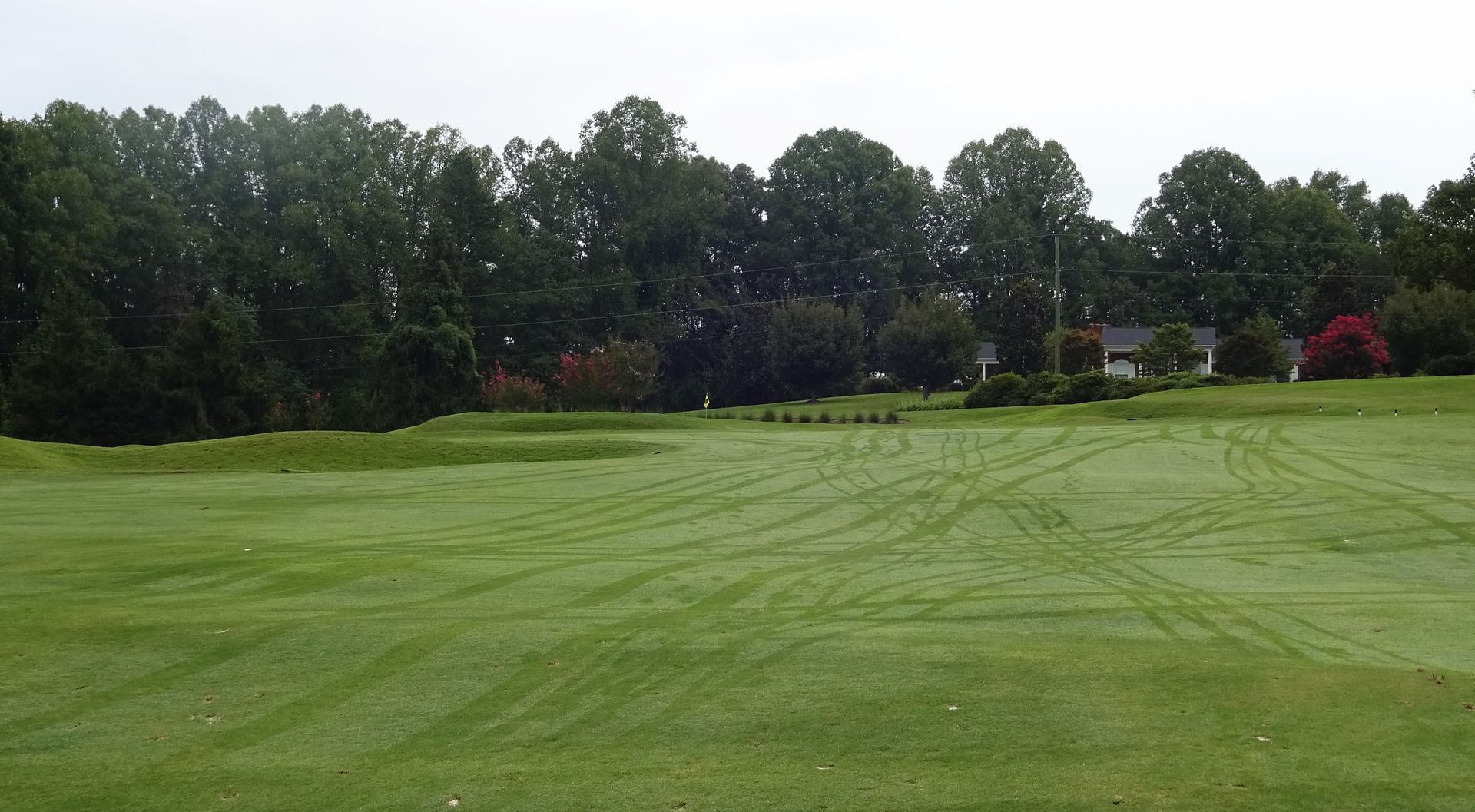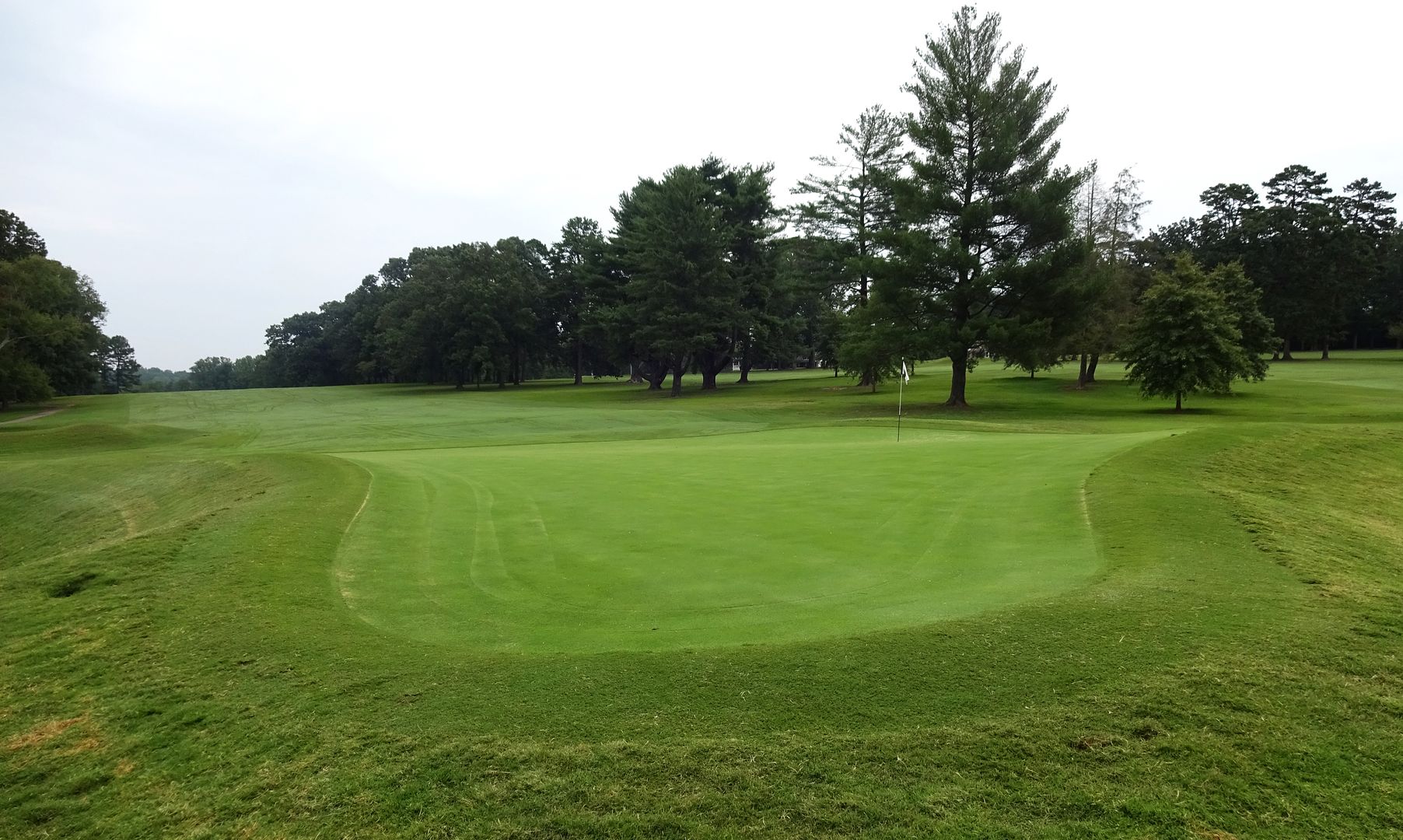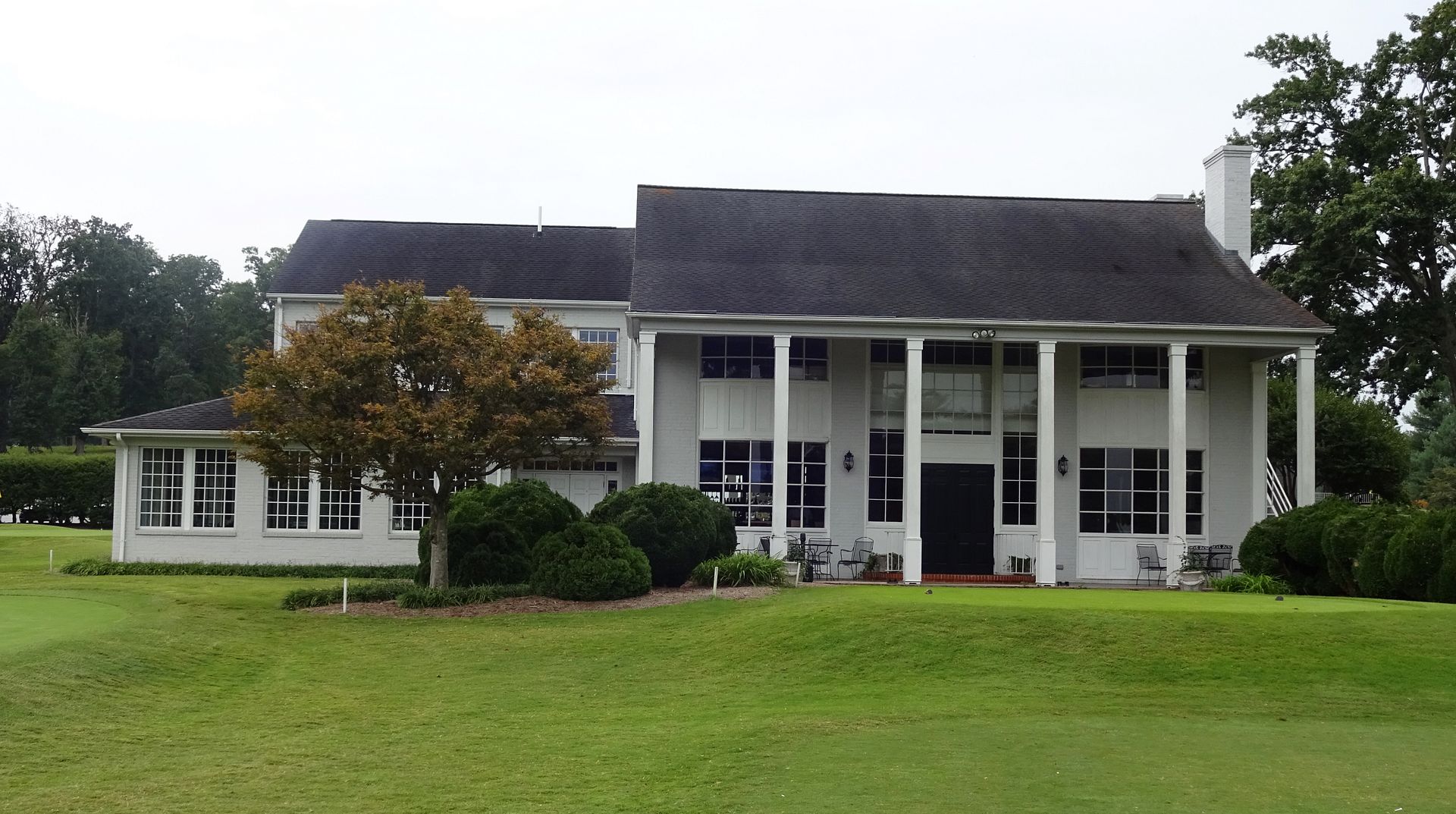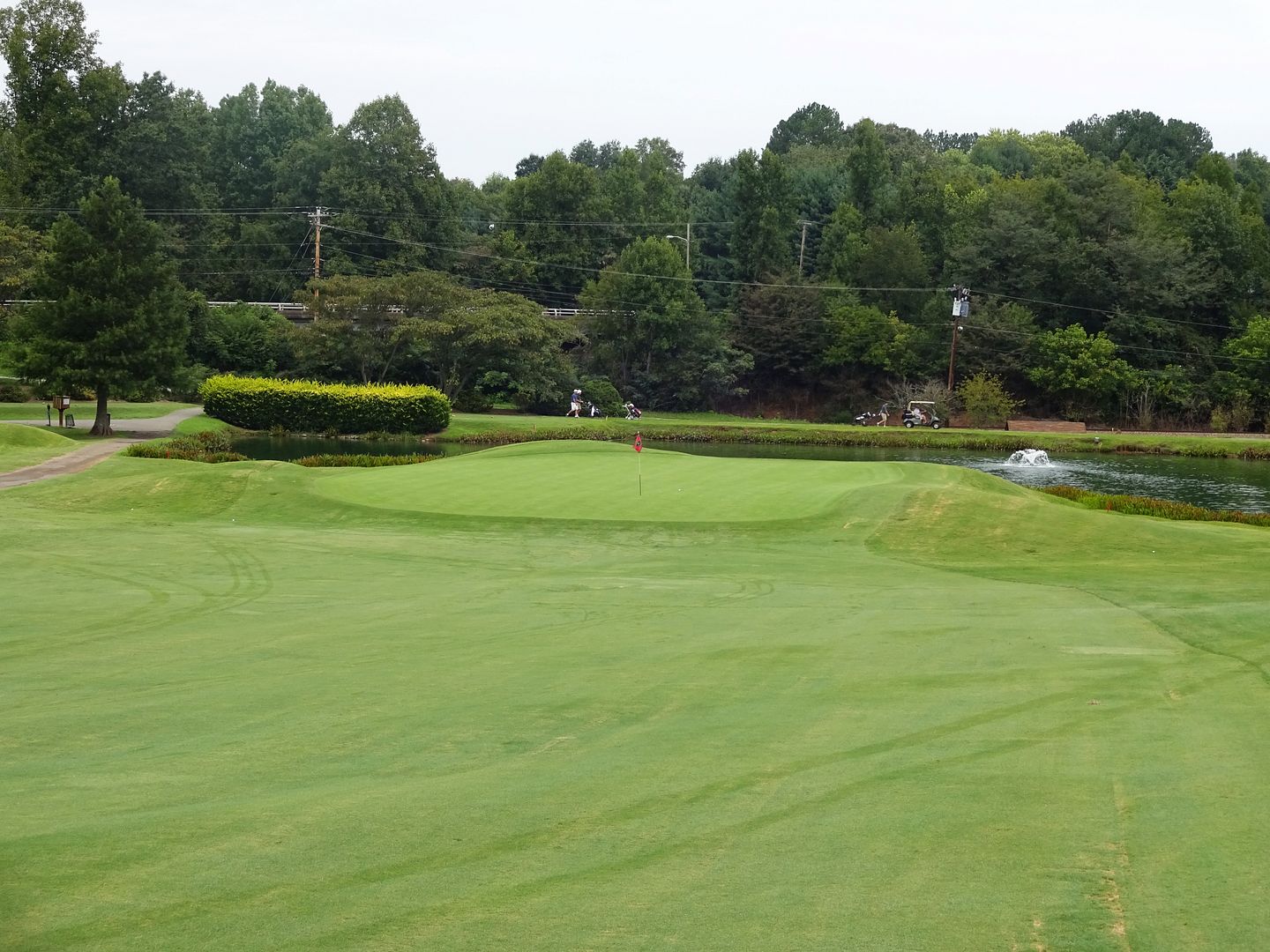Harvie Ward, Bill Campbell, Charlie Coe, Frank Stranahan, Bill Hyndman and Billy Joe Patton were the last vestiges of the elite player that was truly an amateur. It may well be that with his buccaneer attitude toward the game and a seeming ability to recover from just about anywhere; Billy Joe may have been the most famous of the lot. Billy Joe sprang to the attention of the public after narrowly missing out in a playoff with Hogan and Snead for the 1954 Masters. It was the way he fell that one shot shy of the playoff that was as famous as the deed itself. Five shots adrift at the start of the final round, Billy Joe made a hole in one at the 6th. Still in touch at the 13th, he went for the green in two and instead found the water and a double bogey. Within striking distance, the risky shot off a poor lie on 15 resulted in a bogey and the difference between a shot at the Green jacket or not. While not the sort of person to have regrets, Billy Joe did on occasion remark that the decision to go for the green on 15 was a mistake.
Despite this crushing disappointment, Billy Joe did win many prestigious amateur events; including the North South three times and the Southern Amateur twice. Perhaps his crowning glory was as a competitor on five Walker Cup sides and once as a non-playing Captain. Ron Green of the Charlotte Observer wrote in a 1986 column that Patton "Played swashbuckling golf, happy golf, splendid in its result; golf that substituted soul for mechanism, golf that had dramatic uncertainty to it, golf to which bystanders could relate. His saving grace was a putter that loved him. He has often said that back when he was young, nobody could handle a 6-footer the way he could. He just didn't think he could miss." Green continued: "There was a joy to his game that few playing at the upper level of golf could equal.”
I mention Billy Joe Patton because he is a son of Morganton, North Carolina and nearby Mimosa Hills G&CC; a 1929 Donald Ross design. In typical Ross fashion, the course is a joy to walk offering enticing run-up shots, short uphill par 4s and skillfully placed bunkers. In 2003 Kris Spence renovated the course to great effect. “Our restoration work at Mimosa was very modest and carefully carried out, we restored the greens to their original sizes and shapes, removed the sand build up on the bunker faces and bottoms and added length to restore the strategic intent of the natural landforms. The fill pads had never been altered and to this day contain the rustic character and little nuances created by mule and pan construction.”
Not at all unsual for Ross, we are eased into the game with a straightforward par 4. The second hole may seem short, but it plays up quite a steep hill. The approach to an obscured green is tricky.

We quickly make it back to the house with the rollicking par 5 third. The routing is ingenious to give members so many options as to number of holes to play. In addition to the 3rd, #s5, 9 and 12 take us near the house thus offering an incredible array of boozers loops. The hunkered down bunkers are a stand out feature of Mimosa Hills. I especially like the illusion of width created by the bunkers spreading away from the green. The greens too are very good without being onerous. However, I am puzzled by the rough cut lines which negate shaping and land movement.


Directly behind the 4th tee, the house is a simple, yet extremely attractive affair. Modest lockeroom, bar, dining room and proshop. What more does a member need?

The hole is quite good as well with its green which is rather reminiscent of Frank Bros. shaping.

The awkward looking 5th is nonetheless a very good hole. There is much more space to achieve the angle of approach on this severe dogleg than it appears. If ever one wanted to stay below the cup...this is the hole. Again, the spread bunkering offers the illusion of a wide green when in fact the putting surface is fairly narrow.


More to follow.
Ciao